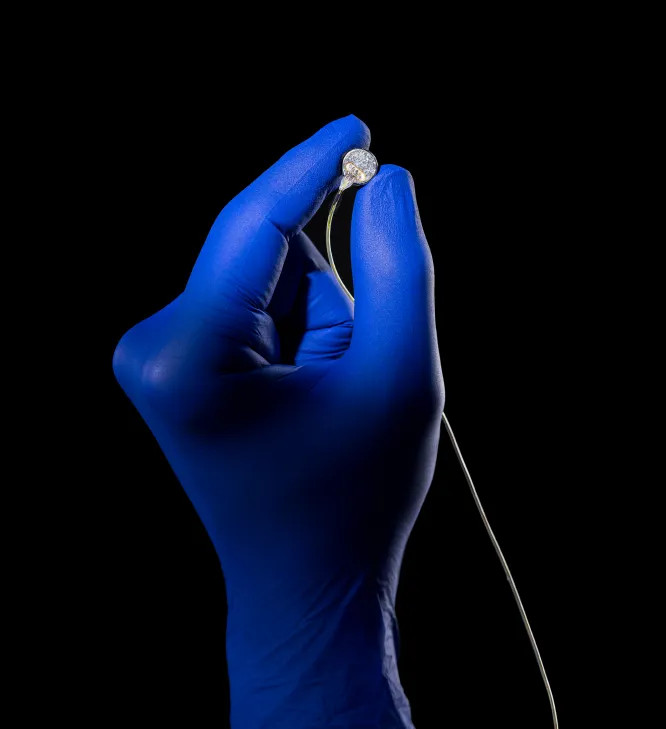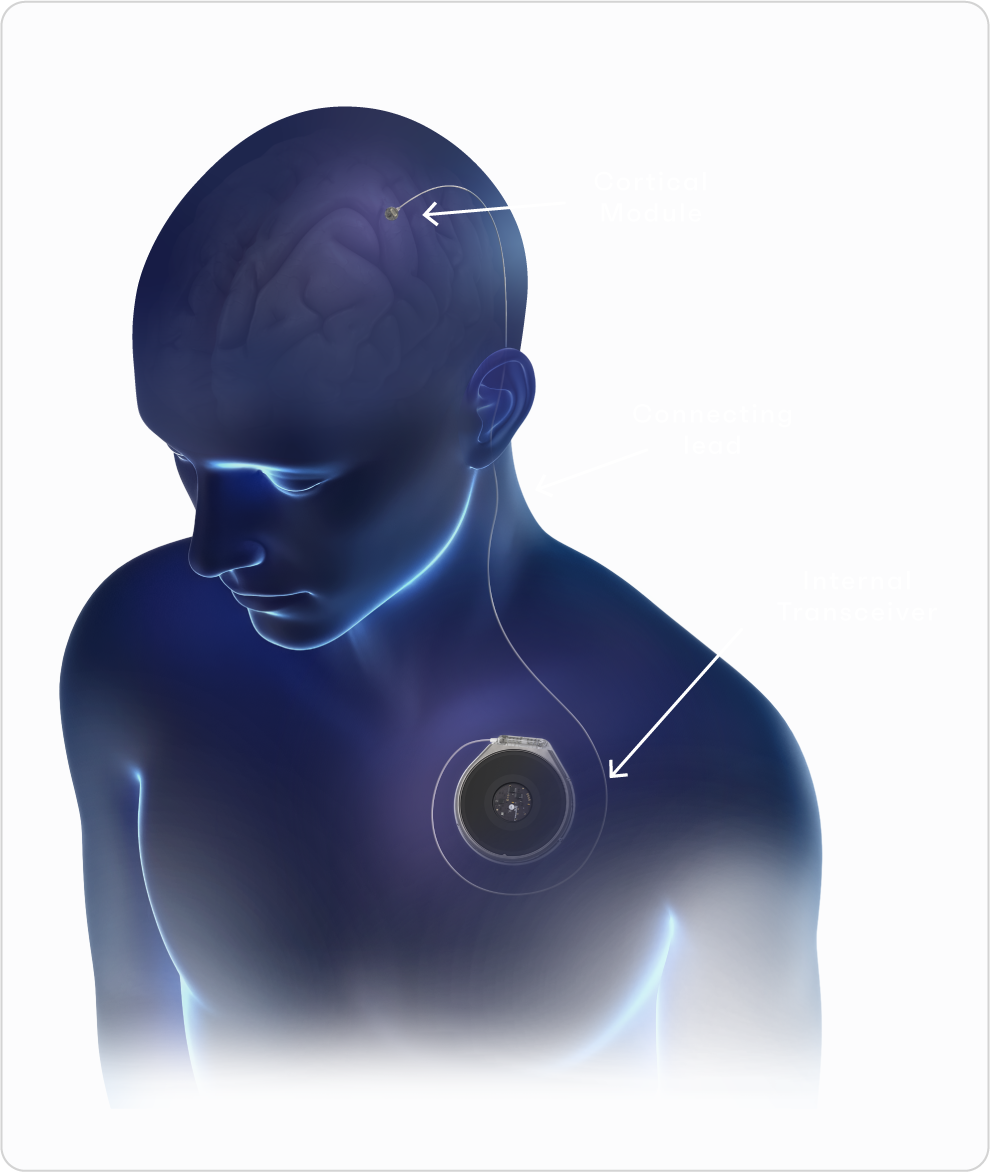Brain Computer Interfaces: A new technology
A new technology to help those with disabilities from Brain damage after a stroke, head injury, brain tumor, brain infection, birth related brain dysfunction and other causes of brain damage
Dr Prem Pillay
Medical Director and Consultant Neurosurgeon
Singapore Brain-Spine-Nerves Center
The human brain, with its intricate network of neurons and synapses, remains one of the most fascinating and complex systems in the universe. For decades, scientists have dreamt of directly interfacing with this enigmatic organ, unlocking its secrets and harnessing its potential. This dream is now becoming a reality with the rapid advancement of Brain-Computer Interfaces (BCIs).
BCIs are devices that translate brain activity into external outputs, enabling communication and control without the need for traditional muscle movements. This technology holds immense promise for individuals with disabilities, allowing them to regain lost function and interact with the world around them in new and exciting ways.
Brain-computer interfaces (BCIs) have emerged as a promising technology that allows direct communication between the human brain and external devices. Over the years, significant advancements have been made in the field of BCIs, enabling new possibilities for medical applications, neurorehabilitation, and human-machine interactions. In this article, we will explore some of the recent advances in brain-computer interfaces and their potential implications.
1. Non-Invasive BCIs:
Non-invasive BCIs utilize external sensors to measure brain activity without the need for invasive procedures. Recent advancements in non-invasive BCIs include:
– High-resolution Electroencephalography (EEG): Improved electrode designs and signal processing techniques have enhanced the spatial and temporal resolution of EEG-based BCIs . This allows for more accurate and reliable detection of brain signals.
– Functional Near-Infrared Spectroscopy (fNIRS): fNIRS measures changes in blood oxygenation levels in the brain. It offers portability and the ability to monitor deeper brain regions, making it suitable for various applications, including neurofeedback and cognitive training .
2. Invasive BCIs:
Invasive BCIs involve implanting electrodes directly into the brain to record neural activity. Recent advancements in invasive BCIs include:
* **Neuralink:** Elon Musk’s ambitious project aims to implant high-density electrode arrays directly into the brain, enabling seamless communication between humans and computers. Early trials have shown promising results in restoring movement and communication in paralyzed individuals.
Paradromics This company in Austin, Texas has developed the highest data rate transfer BCI system using platinum-iridium electrodes thinner than a human hair and are able to pack 1600 of them into a tiny brain module. They plan to help paralysed people move their limbs, and potentially may in the future allow vision for the blind and hearing for those with brain damage.
* **Synchron:** This company has developed a minimally invasive BCI that can be implanted under the skin without the need for open brain surgery. The device has been successfully used to treat patients with severe paralysis, allowing them to control prosthetic limbs and communicate through a virtual keyboard.
* **BrainGate:** This pioneering BCI system has been used in clinical trials for over a decade, demonstrating the potential for restoring movement and communication in individuals with spinal cord injuries. Recent advancements have focused on improving signal processing and developing more intuitive control interfaces.
* **Brain-to-Brain Communication:** Researchers have achieved groundbreaking success in enabling direct communication between two individuals using BCIs. This technology opens up possibilities for collaborative tasks and enhanced social interaction.
3. Hybrid BCIs:
Hybrid BCIs combine multiple modalities to improve the accuracy and reliability of brain signal detection. Recent advancements in hybrid BCIs include:
– Electroencephalography and Functional Magnetic Resonance Imaging (EEG-fMRI): EEG-fMRI fusion combines the high temporal resolution of EEG with the high spatial resolution of fMRI. This hybrid approach enables more precise localization of brain activity and enhances the understanding of brain dynamics [[2]](https://www.nature.com/articles/s41378-022-00453-4).
– Electroencephalography and Eye-Tracking: Combining EEG with eye-tracking technology allows for more accurate interpretation of brain signals by incorporating gaze information. This hybrid BCI approach has potential applications in human-computer interaction and assistive technologies [[2]](https://www.nature.com/articles/s41378-022-00
Recent advances in brain-computer interfaces have opened up new possibilities for understanding the human brain, treating neurological disorders, and enhancing human-machine interactions. Non-invasive, invasive, and hybrid BCIs have all seen significant progress, improving the accuracy, resolution, and usability of these interfaces. As research continues, we can expect further advancements in BCIs, leading to more effective and accessible applications in various fields.
**Recent Advances in BCI Technology:**
* **Neuralink:** Elon Musk’s ambitious project aims to implant high-density electrode arrays directly into the brain, enabling seamless communication between humans and computers. Early trials have shown promising results in restoring movement and communication in paralyzed individuals.
Paradromics This company in Austin, Texas has developed the highest data rate transfer BCI system using platinum-iridium electrodes thinner than a human hair and are able to pack 1600 of them into a tiny brain module. They plan to help paralysed people move their limbs, and potentially may in the future allow vision for the blind and hearing for those with brain damage.
* **Synchron:** This company has developed a minimally invasive BCI that can be implanted through blood vessels in the head without the need for open brain surgery. The device has been successfully used to treat patients with severe paralysis, allowing them to control prosthetic limbs and communicate through a virtual keyboard.
* **BrainGate:** This pioneering BCI system has been used in clinical trials for over a decade, demonstrating the potential for restoring movement and communication in individuals with spinal cord injuries. Recent advancements have focused on improving signal processing and developing more intuitive control interfaces.
* **Brain-to-Brain Communication:** Researchers have achieved groundbreaking success in enabling direct communication between two individuals using BCIs. This technology opens up possibilities for collaborative tasks and enhanced social interaction.
**Ethical Considerations:**
As BCI technology advances, ethical considerations become increasingly important. Issues such as privacy, security, and potential misuse of this powerful technology need careful attention. Open discussions and regulations are crucial to ensure responsible development and implementation.
**The Future of BCIs:**
Recent advances in brain-computer interfaces have opened up new possibilities for understanding the human brain, treating neurological disorders, and enhancing human-machine interactions. Non-invasive, invasive, and hybrid BCIs have all seen significant progress, improving the accuracy, resolution, and usability of these interfaces.
The future of BCIs is brimming with possibilities. As the technology continues to evolve, we can expect to see even more groundbreaking advancements in the years to come. From restoring lost function to enhancing human capabilities, BCIs have the potential to reshape our understanding of the brain and revolutionize the way we interact with the world around us.
This article is just a glimpse into the exciting world of BCIs. As research and development continue, we can expect even more remarkable breakthroughs in this field, pushing the boundaries of human-machine interaction and unlocking the full potential of the human mind.
References
Learn more:
1. [Brain-computer interface: trend, challenges, and threats | Brain Informatics | Full Text](https://braininformatics.springeropen.com/articles/10.1186/s40708-023-00199-3)
2. [Neuron devices: emerging prospects in neural interfaces and recognition | Microsystems & Nanoengineering](https://www.nature.com/articles/s41378-022-00453-4)
3. [The year of brain-computer interfaces | Nature Electronics](https://www.nature.com/articles/s41928-023-01041-8)


